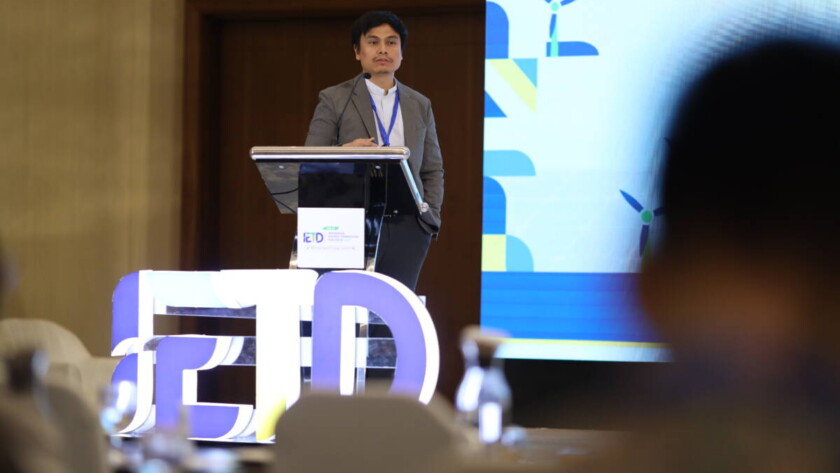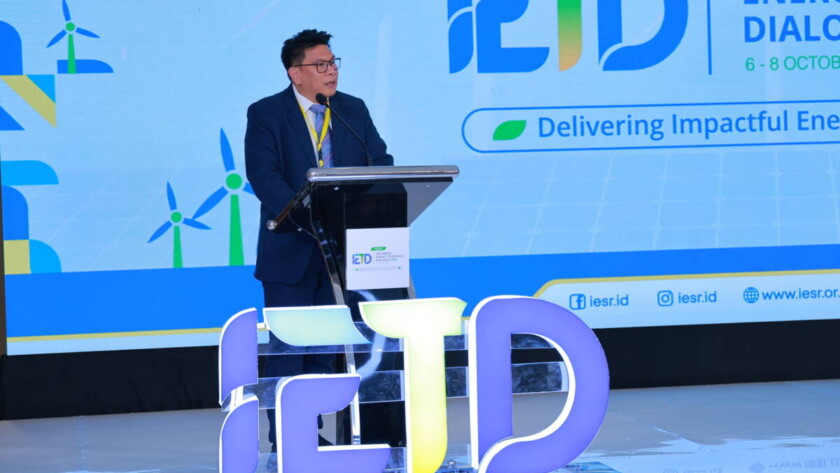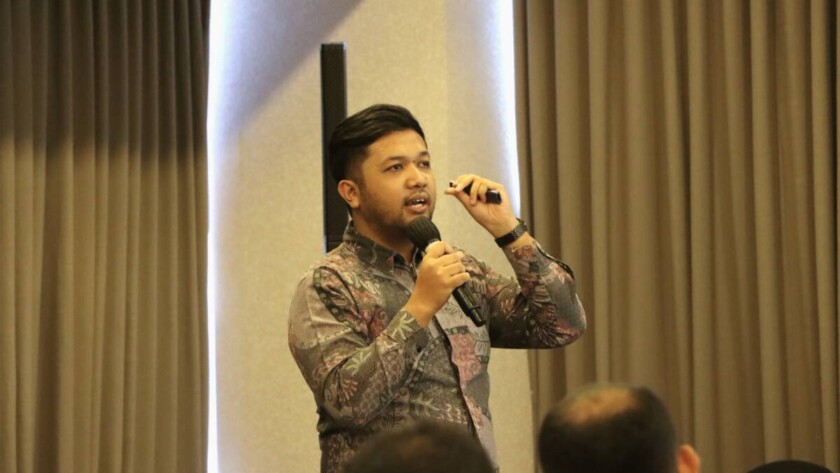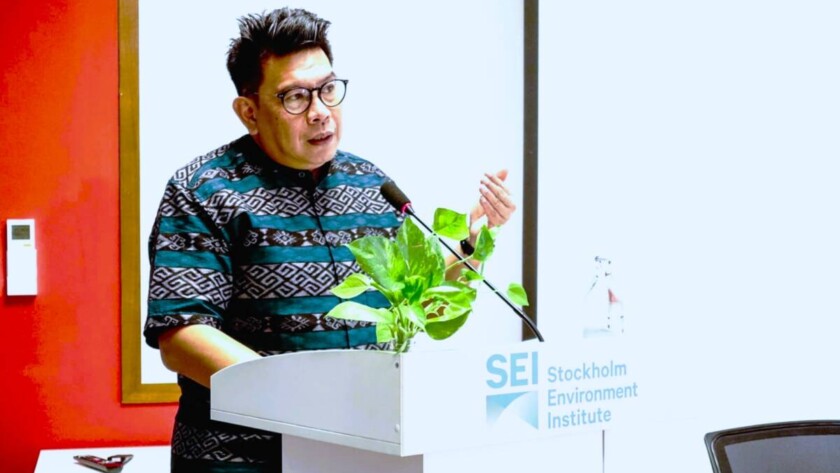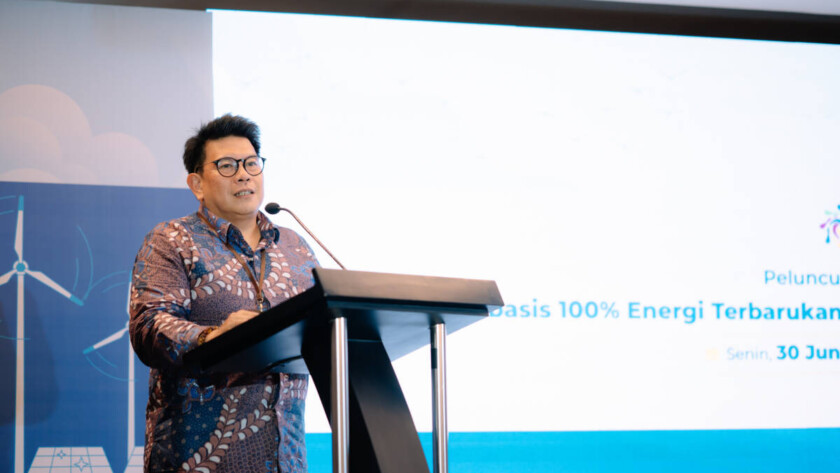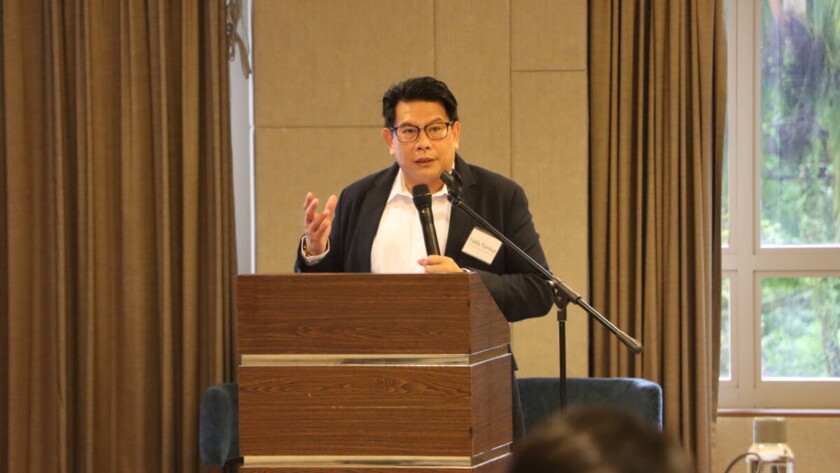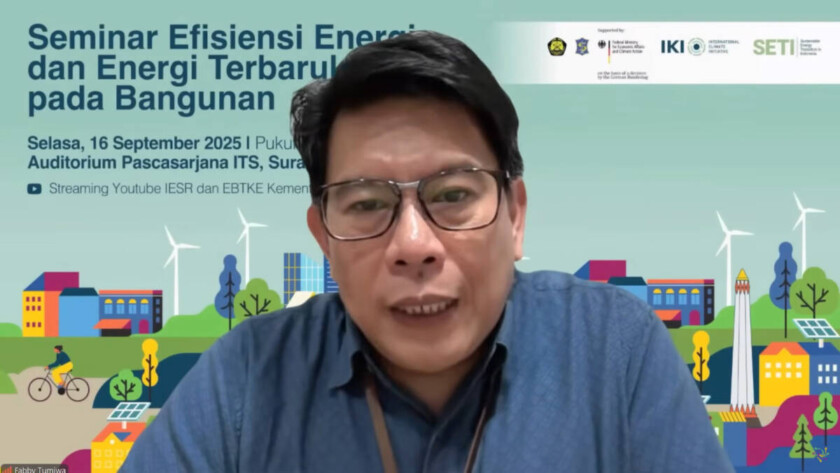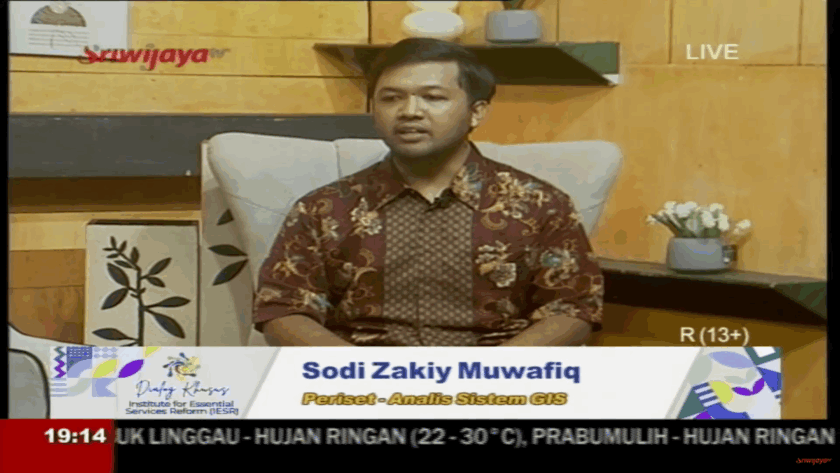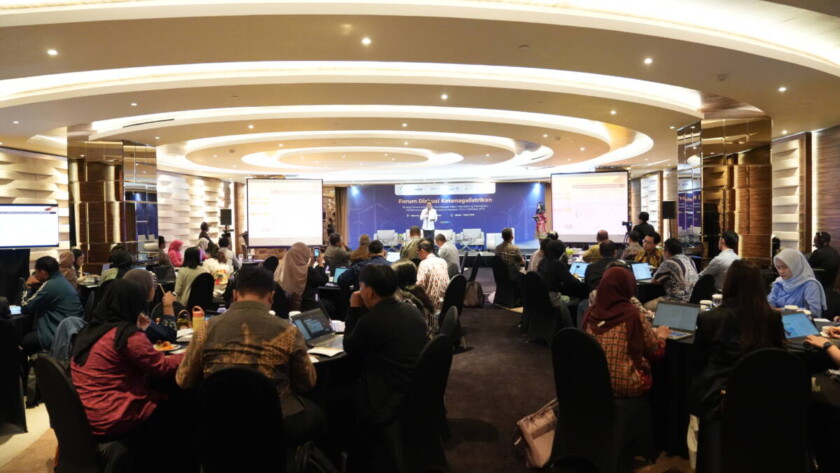Jakarta, October 7, 2025 – The Government of Indonesia has set a total renewable energy capacity addition target in the National Electricity General Plan (RUKN) 2025-2060 of 269 GW, or an addition of approximately 10.1 GW per year for the next 35 years. To support the RUKN, PLN (State Electricity Company) issued the Electricity Supply…
